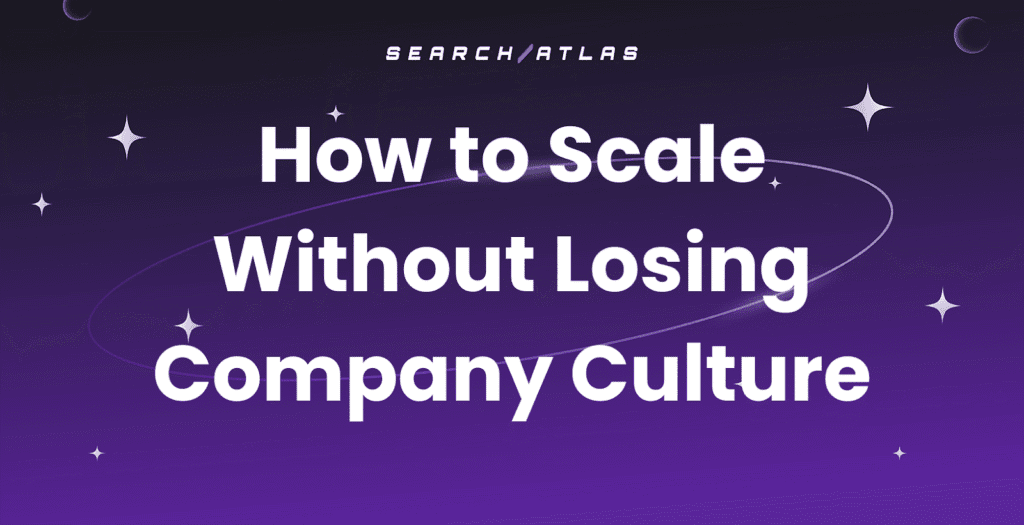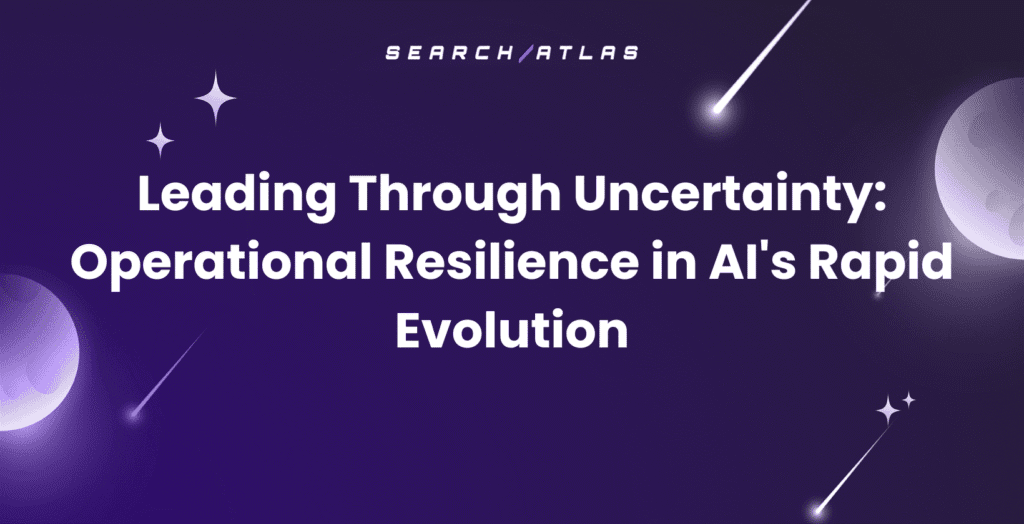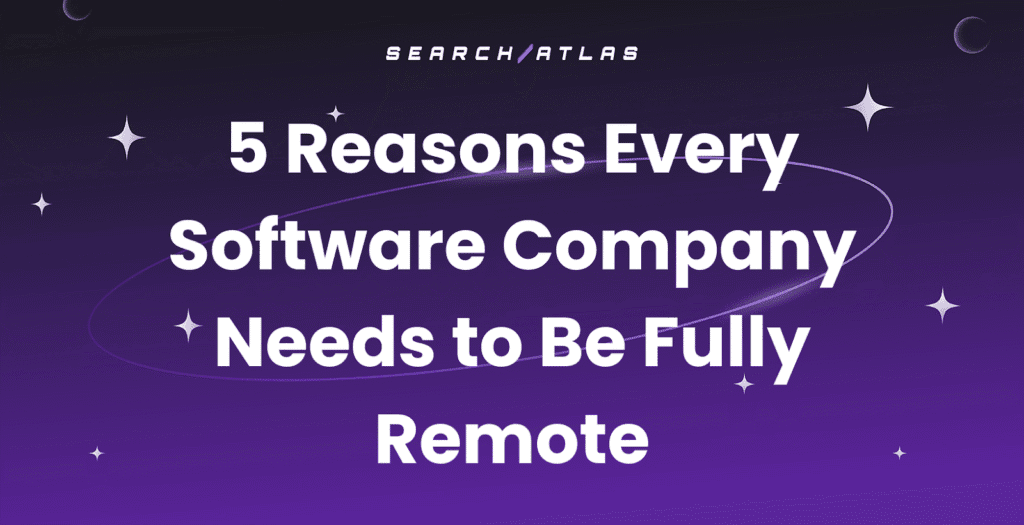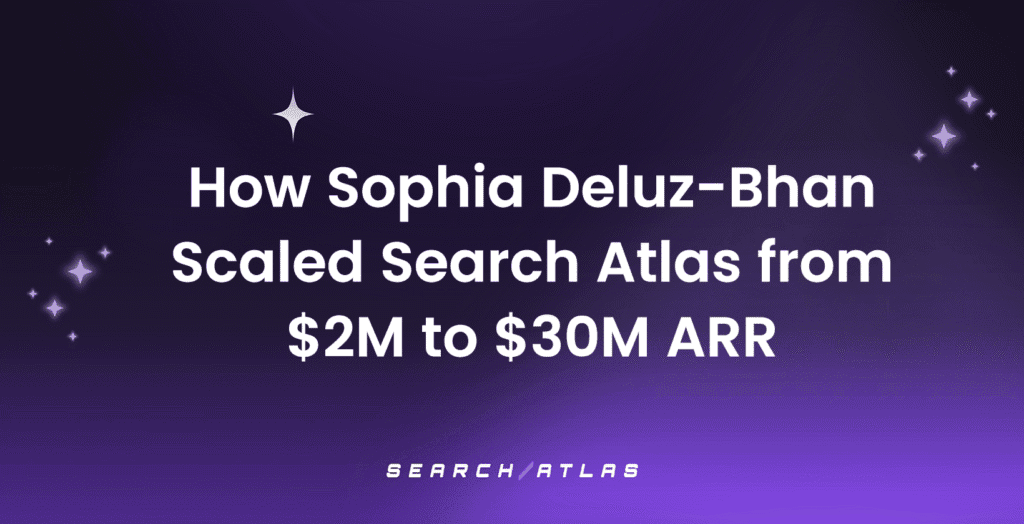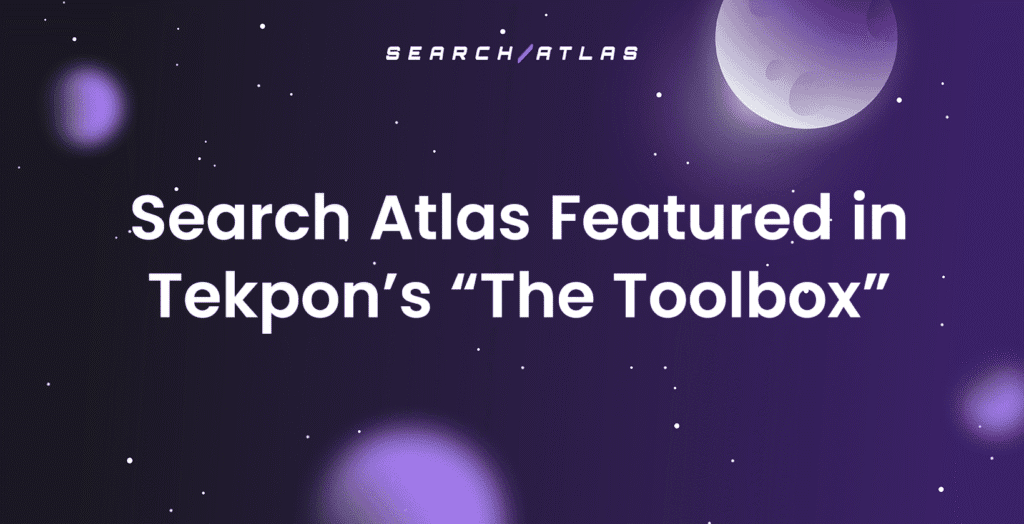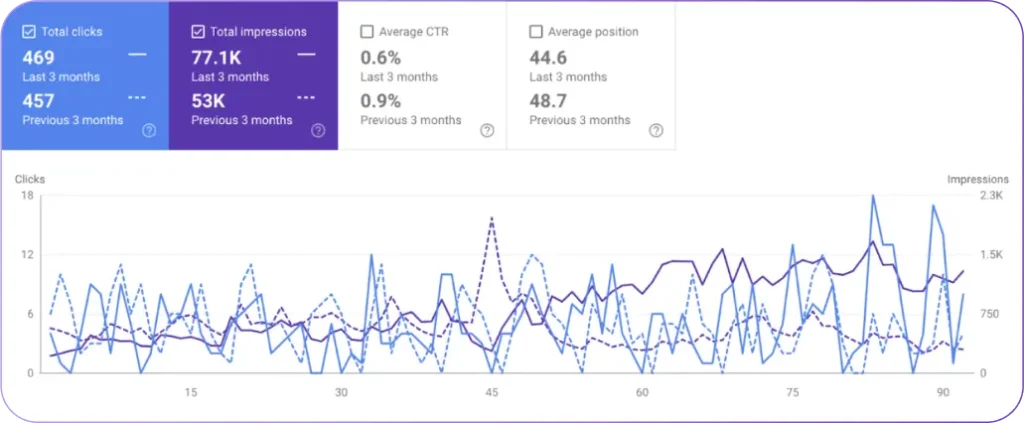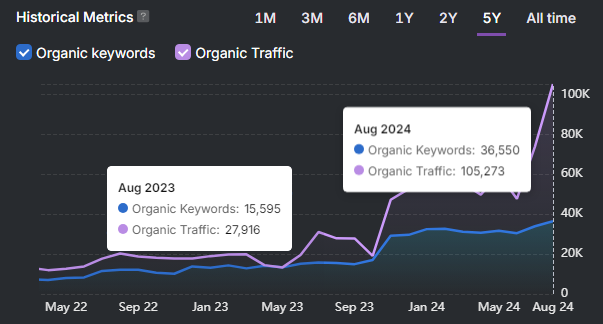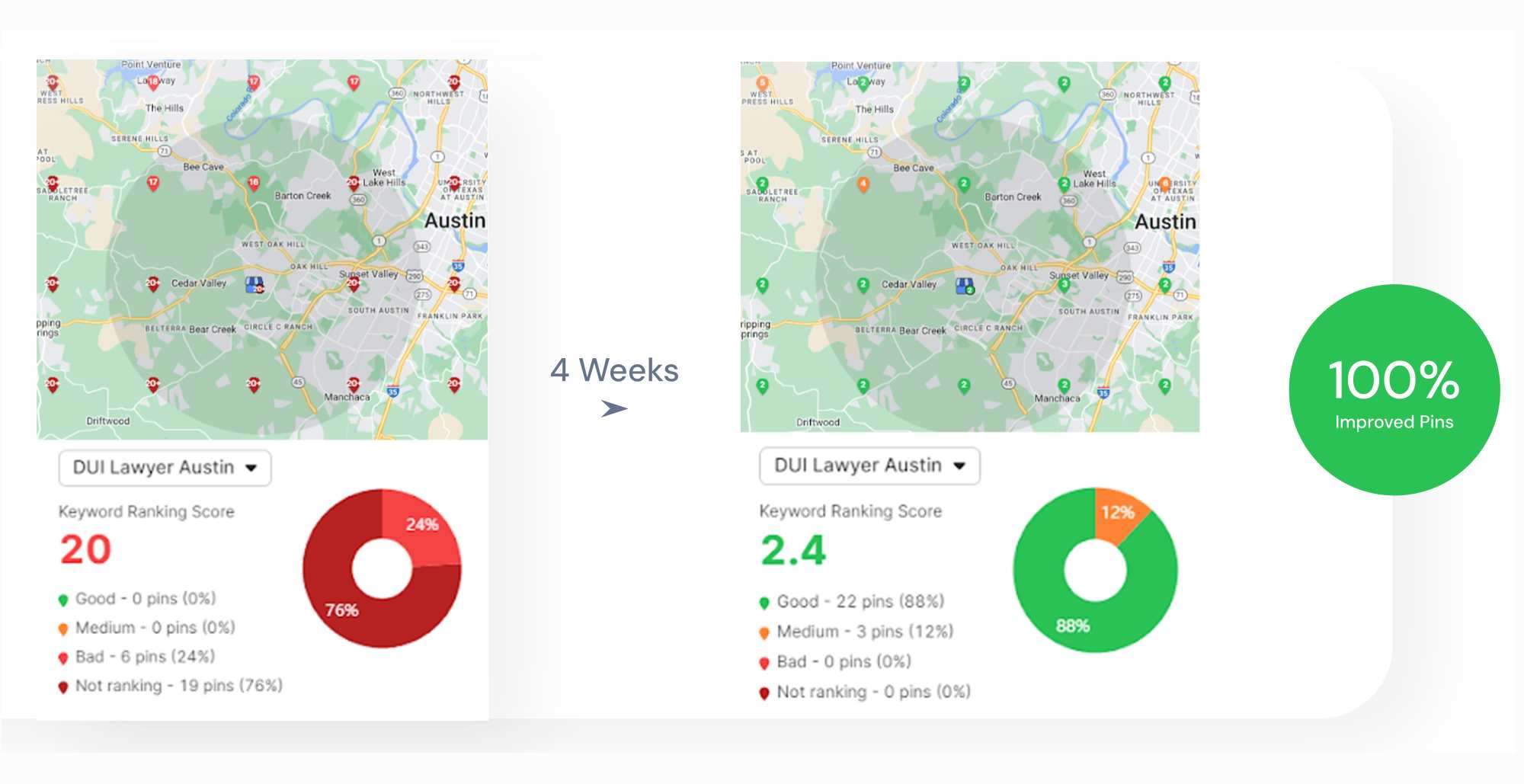Every few years a piece of research drops that forces you to zoom out and re-evaluate the entire direction of an industry. The new NBER working paper, “How People Use ChatGPT,” is one of those moments.
It’s the first large-scale, empirical analysis of actual ChatGPT usage—millions of real conversations, over a billion messages, across 700M+ people worldwide.
The headline:
People aren’t just using AI for work. They’re using it to run their lives.
And the way they use it confirms exactly where this era of agentic technology is headed.
Below is my breakdown of the most important insights, why they matter, and how this redefines the future of AI-powered businesses and online visibility.
1. ChatGPT is now a global utility — and most usage is not work
In July 2025:
- 18B messages/week
- 700M weekly active users (~10% of all adults on Earth)
- Visual: ~29,000 messages per second
And here’s the kicker:
Work vs Non-Work Usage
- 2024: 53% personal / 47% work
- 2025: 73% personal / 27% work
People increasingly view the model not as a productivity tool…
…but as a thinking partner for daily life.
2. The three dominant use cases explain why AI is eating search
Across all usage, three categories represent 77% of all conversations:
1. Practical Guidance (29%)
“How do I…?”
“Help me create a plan for…”
“Explain this to me like I’m 15…”
2. Seeking Information (24%)
This is directly replacing traditional search queries.
3. Writing (24%)
Email drafting
Editing
Summaries
Translations
These are the exact moments where Google historically captured value. With ChatGPT taking this behavior, the “search engine → list of links” model is under disruption.
And unlike search engines, LLMs produce new content, not links.
ChatGPT is more flexible than web search even for traditional tasks, because users get customized, personalized responses instead of static links.
3. Programming is only 4% of usage
This is the opposite of what most engineers assume.
Human perception:
“Everyone uses ChatGPT for coding.”
Reality:
Only 4.2% of messages are programming-related.
Digital marketers, business owners, students, creators, researchers, and everyday consumers—not engineers—are the ones powering this wave.
4. Writing is the #1 work use case—and this is why AI writing is exploding
More than 40% of all work-related usage is writing.
But here’s the key detail:
66% of writing tasks are editing user-provided text, not creating new text from scratch.
People want:
- Improvements
- Optimization
- Structure
- Refinement
- Translation
- Tone + clarity upgrades
The world isn’t asking for infinite text.
The world wants better, smarter, more authoritative text.
5. “Asking vs Doing”: The most important new behavioral model
The researchers built a new taxonomy:
Asking – decision support
Doing – task execution
Expressing – conversation without an action
Split across all conversations:
- Asking: 49%
- Doing: 40%
- Expressing: 11%
And “Asking” is growing fastest.
People are increasingly using AI for guidance and decision support—not just execution.
This represents the biggest economic value of AI:
it upgrades human thinking, not just human output.
6. What people actually do at work with AI
Using the O*NET task taxonomy, 81% of all work usage fell into these two buckets:
1. Getting, interpreting, and documenting information
2. Making decisions, solving problems, giving advice, thinking creatively
This is knowledge work in its purest form.
This is also where human leverage is highest.
And it’s why AI adoption is accelerating across white-collar occupations.
7. Usage is exploding in low- and middle-income countries
Massive global adoption, especially where traditional digital infrastructure is weaker.
AI is becoming the primary user interface for the next billion Internet users.
8. The gender gap is gone and younger users dominate
- Early users: ~80% male
- Today: near parity (slightly more female)
- 46% of all messages come from users under 26
- Older users send more work messages
- Younger users send more personal queries
AI has officially crossed into mainstream culture.
Final Takeaway
This paper confirms something profound:
AI isn’t just a tool.
It’s becoming the interface for human decision-making.
People use AI to:
- learn
- think
- plan
- communicate
- solve
- create
And that usage is accelerating globally.
As AI becomes the dominant medium for information, guidance, and writing, the way businesses communicate, educate, and serve their audiences is going to be transformed.
The future belongs to organizations that understand the shift:
From search to dialogue.
From queries to conversations.
From pages to reasoning.
From static content to dynamic answers.
And we are still at the very beginning.


